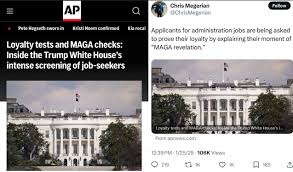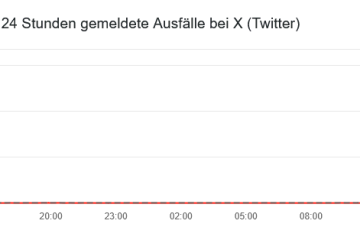The Role of Twitter in White House Communications

Introduction
The White House’s presence on Twitter has evolved into a critical tool for communication in the digital age. As social media platforms become increasingly influential in shaping public opinion, the White House’s strategic use of Twitter not only facilitates direct interaction with citizens but also serves as a medium for immediate communication regarding policies and events. Understanding the impact of the White House’s Twitter activity is essential for grasping contemporary political discourse.
Recent Developments
Currently, the White House has a robust Twitter strategy that emphasizes transparency and public engagement. Recent tweets from President Joe Biden’s administration revolve around vital issues such as ongoing COVID-19 efforts, economic recovery, and infrastructure investment. For instance, in September 2023, a series of tweets highlighted the advancement of the Infrastructure Investment and Jobs Act, showcasing key projects and their benefits to local communities. This effort reiterated the administration’s commitment to accountability and accessibility.
Moreover, the use of visual media—photos and videos—in tweets has significantly increased engagement levels. Interactive threads and polls also invite public participation, making individuals feel invested in governmental processes. The White House’s communications team has adapted to the rapid-paced nature of Twitter by ensuring that information is not only timely but also informative.
Impact on Public Discourse
The White House’s effective use of Twitter allows for immediate dissemination of information, often serving as a precursor to formal announcements or press releases. This immediacy can shift public discourse significantly, allowing the administration to frame narratives before traditional media outlets can respond. Furthermore, it creates a platform for real-time feedback from citizens, fostering a two-way communication channel.
Challenges
However, there are challenges associated with this method of communication. Misinformation can spread rapidly, and the brevity of tweets can sometimes lead to misunderstandings or oversimplifications of complex issues. The White House’s efforts to combat misinformation, including pointing out false claims and providing correct data, underscores the importance of credibility in government communications.
Conclusion
The White House’s Twitter strategy exemplifies the increasing relevance of social media in contemporary governance. As digital landscapes evolve, the capacity to communicate effectively and efficiently through platforms like Twitter will become ever more critical. Looking ahead, it is likely that the White House will continue to refine its approach, adapting to new trends in social media engagement while striving to maintain transparency and foster public trust.









